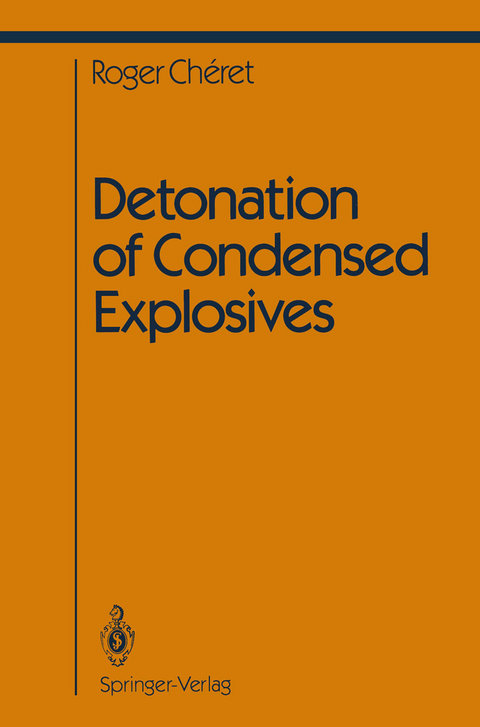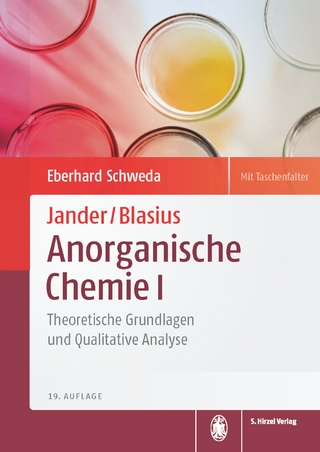
Detonation of Condensed Explosives
Springer-Verlag New York Inc.
978-1-4613-9286-6 (ISBN)
One The Mechanical and Thermodynamic Aspects of the Propagation of Detonations.- I Generalities Concerning the Reactive Fluid.- II Jump Relations in a Perfect Fluid.- III The Detonation Layer.- References to Part One.- Two Molecular Mechanisms of Explosive Decomposition.- IV Sensitivity to “Shock” and Molecular Structure.- V Sensitivity to “Shock” and Electronic Structure.- VI Explosive Decomposition.- References to Part Two.- Three Macroscopic Mechanisms of Generation of Detonation.- VII Cooperative Mechanisms.- VIII Coupling of Decomposition and Motion.- IX Generation of Detonation by Plane Shock.- Four The Dynamic Characterization of Explosives.- X Experimental Methods.- XI Elementary Configurations of Simple Detonation.- XII Numerical Predictions.- Epilogue.- Appendices (A, B, C, D, E).- Signs, Symbols, and Characters.
| Reihe/Serie | Shock Wave and High Pressure Phenomena |
|---|---|
| Zusatzinfo | XXII, 427 p. |
| Verlagsort | New York, NY |
| Sprache | englisch |
| Maße | 155 x 235 mm |
| Themenwelt | Naturwissenschaften ► Chemie ► Analytische Chemie |
| Naturwissenschaften ► Chemie ► Physikalische Chemie | |
| Naturwissenschaften ► Physik / Astronomie ► Festkörperphysik | |
| Naturwissenschaften ► Physik / Astronomie ► Mechanik | |
| Naturwissenschaften ► Physik / Astronomie ► Thermodynamik | |
| Technik ► Umwelttechnik / Biotechnologie | |
| ISBN-10 | 1-4613-9286-1 / 1461392861 |
| ISBN-13 | 978-1-4613-9286-6 / 9781461392866 |
| Zustand | Neuware |
| Haben Sie eine Frage zum Produkt? |
aus dem Bereich


